 1985 Saab 90 Dimensions, Size & Specs
1985 Saab 90 Dimensions, Size & SpecsMeasurements of the 1985 Saab 90, engineered for optimal performance and comfort
| Dimensions | |
|---|---|
| Length: | 4344 mm171.0 in14.3 ft |
| Width: | 1675 mm65.9 in5.5 ft |
| Height: | 1429 mm56.3 in4.7 ft |
| Weight Specifications | |
| Curb Weight: | 955 kg2105 lbs |
| Tire Specifications | |
| Rims Size: | 15-inch rims:
|
| Tire Size: |
|
The Saab 90, produced between 1984 and 1987, is a compact sedan that showcases the distinctive Scandinavian automotive design of the mid-1980s. Measuring 4344 mm (171.0 inches) in length, 1675 mm (65.9 inches) in width, and standing 1429 mm (56.3 inches) tall, the Saab 90 fits comfortably in the compact car category, offering a balanced footprint ideal for urban and suburban driving. Weighing approximately 955 kg (2105 lbs), this lightweight vehicle contributes to improved fuel efficiency and agile handling. It rolled on 15-inch rims with a size of 4.5J x 15, paired with 155/80 R15 tires, which helped provide a stable and comfortable ride characteristic of the model. The sedan body style combines practicality with Saab's reputation for durability and safety. Overall, the Saab 90 represents a stylish and agile compact sedan that blends functional size with performance, making it a smart choice for drivers appreciating a blend of classic design and manageable urban dimensions.
Discover the standout features that make the 1985 Saab 90 a leader in its class
Have a question? Please check our knowledgebase first.
The Saab 90 sedan, produced from 1984 to 1987, features a length of 4344 mm (approximately 171.0 inches), a width of 1675 mm (around 65.9 inches), and a height of 1429 mm (about 56.2 inches). These dimensions place the vehicle comfortably within the compact segment of sedans of its era, allowing for good maneuverability in urban conditions while still offering adequate interior space for passengers and luggage.
Weighing in at 955 kg (2,105 lbs), the Saab 90 is relatively lightweight compared to many other sedans from the mid-1980s. This lighter curb weight helps to improve the car's fuel efficiency, agility, and overall performance. The reduced mass results in quicker acceleration and more responsive handling, while also contributing to lower fuel consumption and reduced emissions, which was increasingly important during the 1980s fuel economy considerations.
The Saab 90 is equipped with 4.5J x 15 rims paired with 155/80 R15 tires. These sizes were fairly typical for compact sedans during the 1980s, offering a good balance between ride comfort and handling precision. The relatively narrow profile and 15-inch diameter tires contribute to a smooth ride over uneven surfaces while maintaining sufficient grip and stability during cornering, making the Saab 90 a comfortable and safe vehicle to drive.
With a length of 4344 mm (171 inches), width of 1675 mm (65.9 inches), and height of 1429 mm (56.2 inches), the Saab 90 fits comfortably into a typical residential garage. Standard single-car garages usually provide a width of around 2.4 meters (about 8 feet) and a length of about 5.5 meters (18 feet), so the Saab 90's dimensions allow for easy parking with enough room left for opening doors and moving around the vehicle without difficulty.
The Saab 90 was developed as a bridge between the Saab 99 and the Saab 900, primarily using the underpinnings of the 99 but styled with influences from the 900. Compared to the Saab 99, the Saab 90 maintained a similar length but featured subtle refinements in width and height to improve aerodynamics and interior comfort. The size adjustments were minimal but aimed at modernizing the car's appearance and functionality while keeping its compact footprint intact.
When compared to other compact sedans of the mid-1980s like the Volkswagen Jetta Mk2 or the BMW 3 Series (E30), the Saab 90 stands out with its relatively light curb weight of 955 kg (2,105 lbs). While its length and width are comparable—around 4.3 to 4.4 meters in length and about 1.6 to 1.7 meters wide—the Saab 90 tends to be lighter, which benefits fuel economy and handling. This lightweight builds on Saab's approach for efficient engineering and practical performance.
While specific interior volume figures are not provided here, the Saab 90’s compact exterior dimensions translate into a practical and comfortable cabin for up to five passengers, typical of sedans in this category. The efficient use of space, characteristic of Saab design, provides adequate legroom and headroom for front and rear passengers. Additionally, the relatively low height (1429 mm) contributes to a balanced, aerodynamic shape without sacrificing interior comfort.
The Saab 90’s length of 4344 mm, width of 1675 mm, and relatively low height make it agile and easy to handle in urban environments, allowing for straightforward parking and maneuvering through tight spaces. Its compact proportions also help maintain good stability on the highway. Coupled with its light weight of 955 kg (2,105 lbs), the car benefits from nimble handling and responsive steering, ensuring confident driving both in city traffic and at higher speeds.
The compact size of the Saab 90 offers several benefits including easy parking, efficient fuel consumption, and nimble handling in city traffic. The relatively narrow width and moderate height help it navigate busy streets and tight spaces. However, some drawbacks might include limited cargo capacity and slightly reduced rear passenger legroom compared to larger sedans. Despite this, the Saab 90 strikes a well-rounded balance, making it suitable for daily commuting while maintaining a classic Saab character.
The Saab 90 is notable for combining the mechanical architecture of the Saab 99 with styling cues from the Saab 900, resulting in a unique blend of proven engineering and contemporary design. Its use of lightweight components contributes to a superior power-to-weight ratio in its class. The car also features the hallmark Saab engineering traits like front-wheel drive and robust construction. This combination places it apart from similarly sized sedans of the mid-1980s, offering reliability and a distinct Scandinavian approach to compact car design.
Discover similar sized cars.
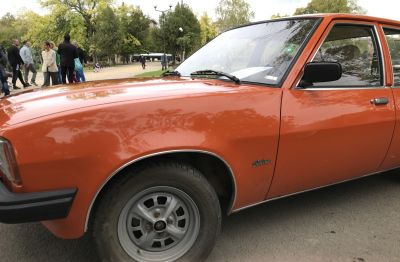
| Model Year: | 1979 |
|---|---|
| Length: | 4321 mm170.1 in |
| Width: | 1670 mm65.7 in |
| Height: | 1380 mm54.3 in |
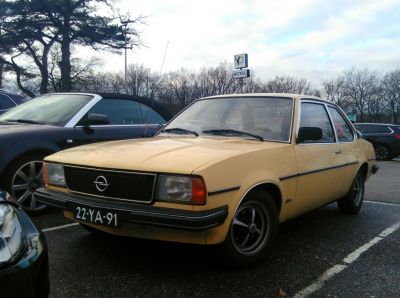
| Model Year: | 1976 |
|---|---|
| Length: | 4321 mm170.1 in |
| Width: | 1670 mm65.7 in |
| Height: | 1380 mm54.3 in |
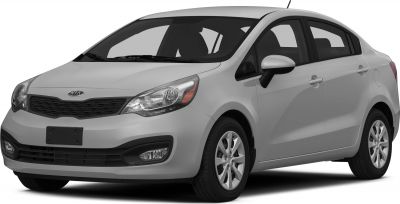
| Production: | 2011-2015 |
|---|---|
| Model Year: | 2011 |
| Length: | 4370 mm172.0 in |
| Width: | 1700 mm66.9 in |
| Height: | 1470 mm57.9 in |

| Production: | 1990-2001 |
|---|---|
| Model Year: | 1990 |
| Length: | 4355 mm171.5 in |
| Width: | 1695 mm66.7 in |
| Height: | 1445 mm56.9 in |
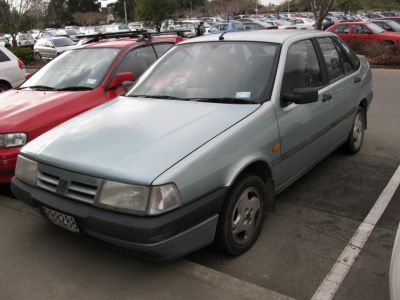
| Production: | 1990-1996 |
|---|---|
| Model Year: | 1990 |
| Length: | 4354 mm171.4 in |
| Width: | 1695 mm66.7 in |
| Height: | 1445 mm56.9 in |
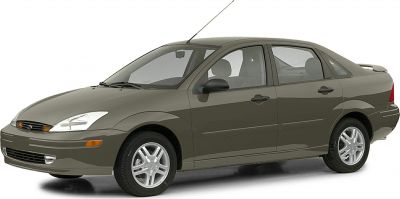
| Production: | 1998-2005 |
|---|---|
| Model Year: | 1999 |
| Length: | 4362-4369 mm171.7-172.0 in |
| Width: | 1702 mm67.0 in |
| Height: | 1430-1481 mm56.3-58.3 in |
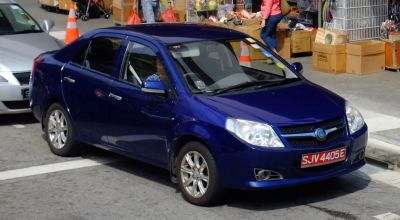
| Production: | 2006-2014 |
|---|---|
| Model Year: | 2006 |
| Length: | 4342 mm170.9 in |
| Width: | 1692 mm66.6 in |
| Height: | 1435 mm56.5 in |

| Production: | 2018-present |
|---|---|
| Model Year: | 2018 |
| Length: | 4342 mm170.9 in |
| Width: | 1692 mm66.6 in |
| Height: | 1435 mm56.5 in |
